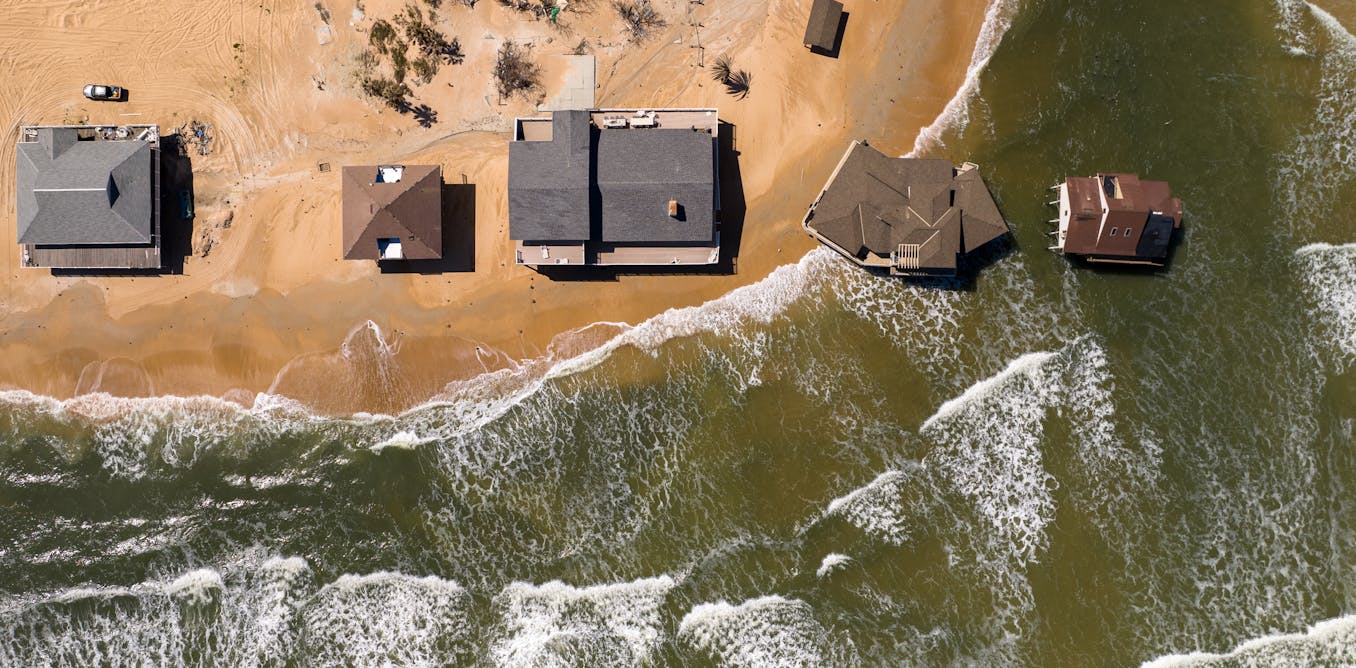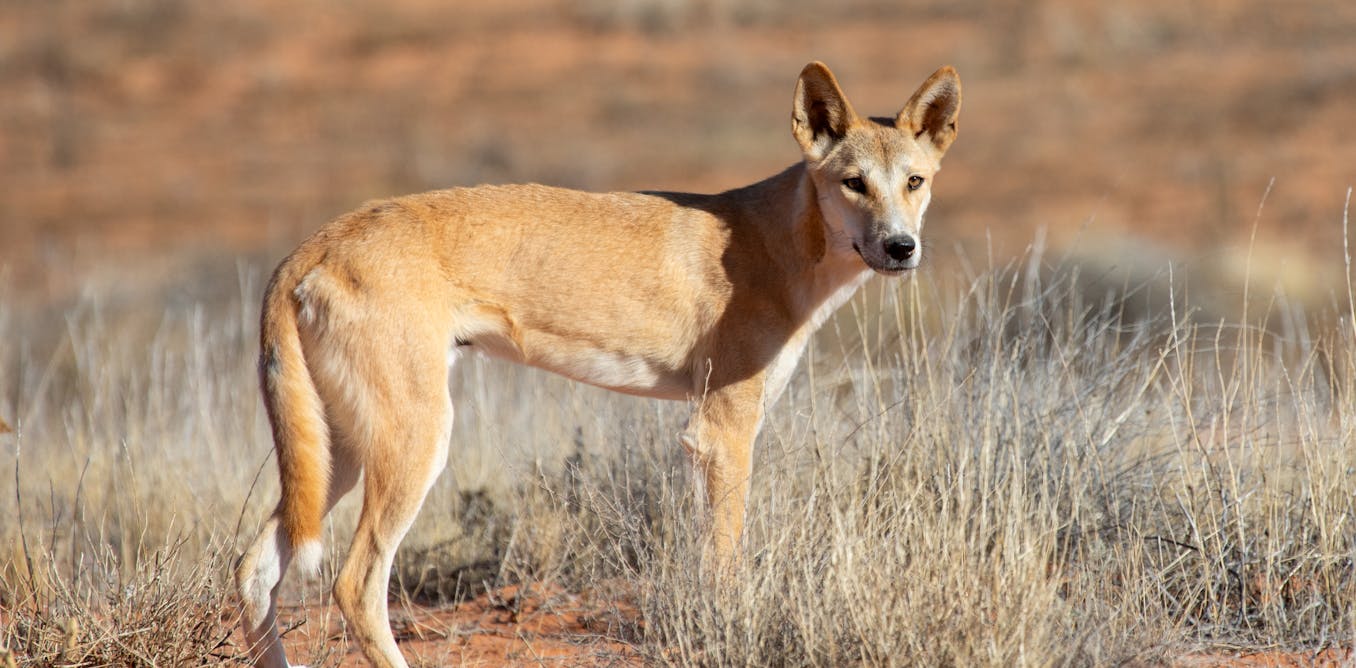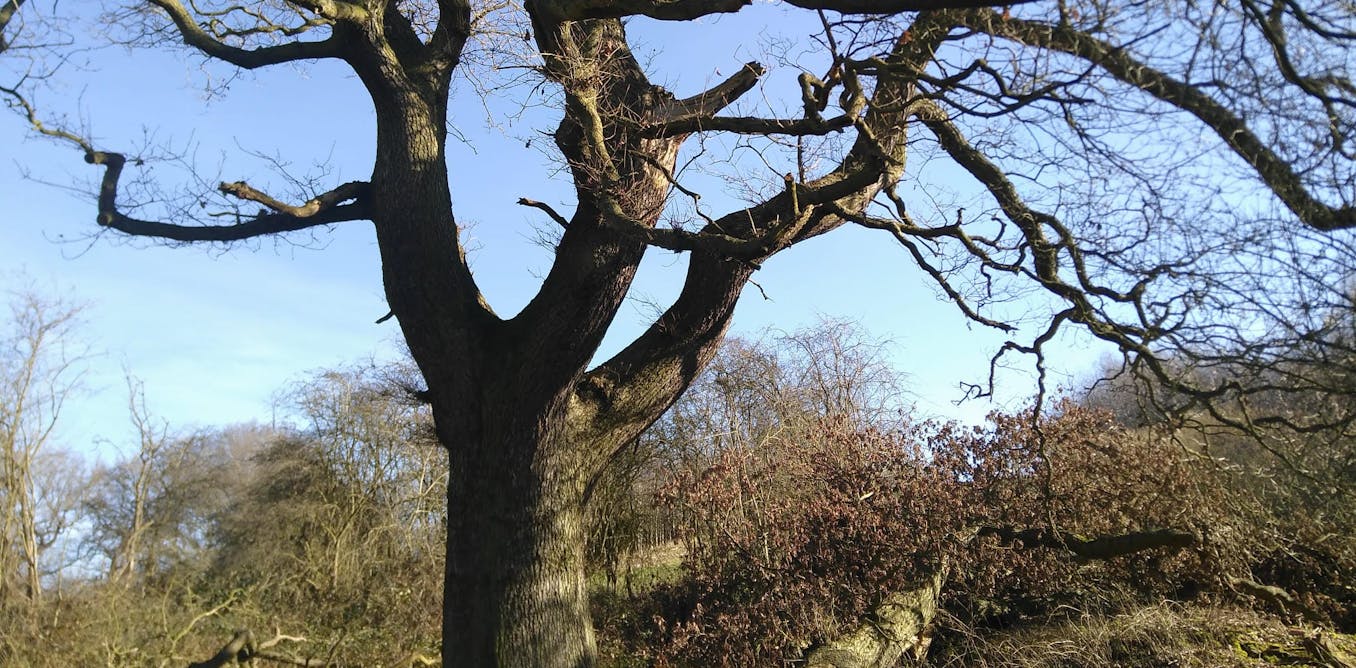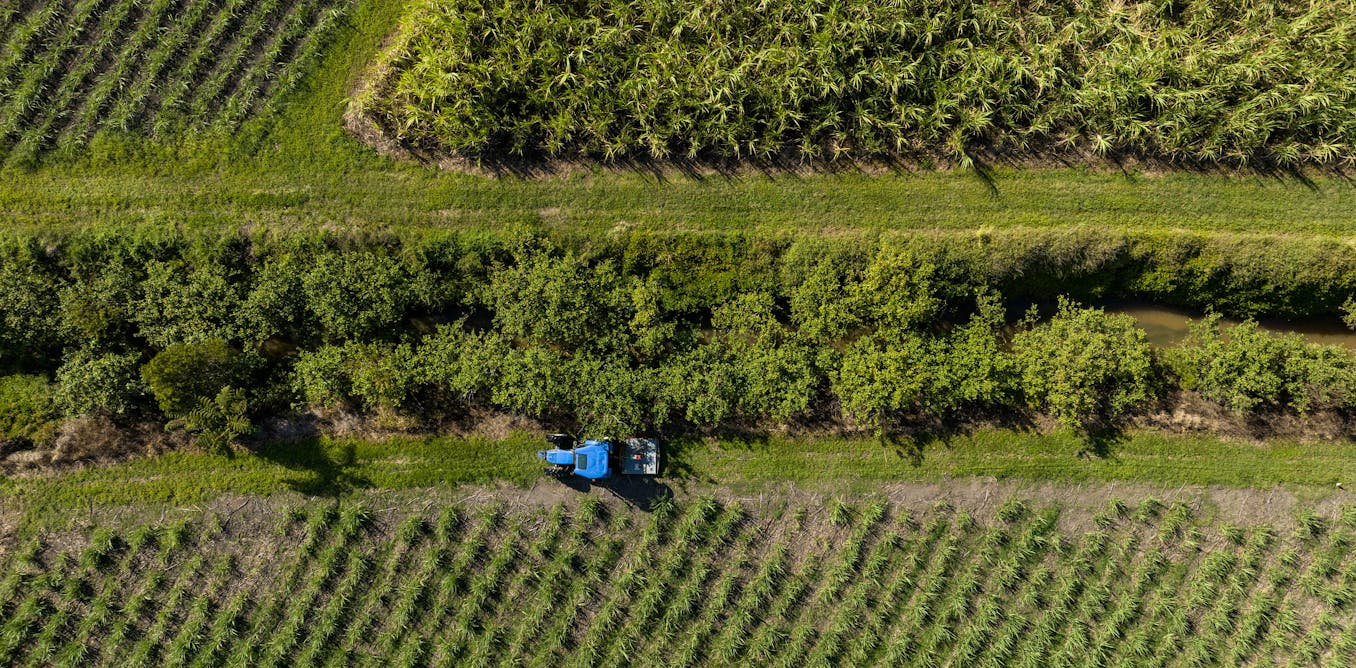With biodiversity declining at unprecedented rates worldwide, Canada stands at an important crossroads.
Earlier this year, Canada was one of the first nations to submit its plan to implement the Kunming-Montréal Global Biodiversity Framework (KMGBF). The KMGBF is a landmark agreement signed in Montréal in 2022 during the 15th Conference of the Parties (COP15) to the UN Convention on Biological Diversity. In this move, Canada has positioned itself as a leader in the global commitment to halt and reverse biodiversity loss.
But ambition on paper must now translate into real co-ordinated action.
Canada’s 2030 Nature Strategy acknowledges this urgency. The strategy states that its intention is to strengthen protections for species and ecosystems. At the same time it aims to reverse the ongoing degradation of nature within Canada’s borders.
My recent review of all four goals and 23 KMGBF targets assesses the relevance of each for Canada, and how they are being addressed in the 2030 Nature Strategy.
The stakes are high. Canada’s economic and social well-being, as well as its identity as a nation rich in natural splendour, depends upon the choices we make today.
Delivering biodiversity commitments
Given the complexity of the KMGBF, it’s not surprising that countries are still grappling with putting together implementation plans.
Canada’s implementation plan – the 2030 Nature Strategy – aims to deliver the KMGBF goals and targets and reinforces the leadership role it took in co-hosting COP15 in Montréal two years ago.
In an overarching sense, the 2030 Nature Strategy presents a comprehensive response to the KMGBF. The plan covers all four overarching goals and each of the 23 targets, including the widely recognized commitment to protect 30 per cent of Canada’s lands, waters and oceans.
This is an important milestone for a country responsible for safeguarding 20 per cent of the world’s freshwater, the longest coastline in the world, some of the planet’s largest intact forests and peatland ecosystems and some of the largest and longest remaining animal migration routes.
With these unique natural assets come unique responsibilities.
THE CANADIAN PRESS/Michael Bell
There are several positive elements in the workplan for Canada’s 2030 Nature Strategy.
First, the strategy fully recognizes the extent of the crisis within our borders. Clear statements are made that “nature is in trouble” and that “Canada is no exception to these trends.” The plan goes on to note that our economic and social prosperity depends on the health of natural systems – not the other way around. This recognition is itself a critical step.
The strategy also emphasizes the high costs of inaction and the importance of a “one health” perspective. In doing so, the plan puts at the forefront the interconnectedness of human, animal and environmental health as a guiding and holistic approach for action.
Strengths and challenges
Recognizing the scale and urgency of the problem is a key first step. Acknowledging the need for transformative actions is next, and the strategy does this.
The strategy recognizes that Indigenous Peoples have been biodiversity protectors, and stewards of the lands, waters and ice across Canada since time immemorial. Embracing the leadership of these communities will be key to effective action, and to ongoing reconciliation efforts.
Read more:
Canada’s Nature Agreement underscores the need for true reconciliation with Indigenous nations
The strategy also acknowledges the need for a government-wide whole-of-society approach. Importantly, it takes this further by recognizing the underlying causes of biodiversity loss. In particular it notes societal values and behaviours that include unsustainable production and consumption, subsidies that are harmful to biodiversity and economic systems that do not reflect the true values of nature.
Hence, the first 25 pages of the 2030 Nature Strategy lay out Canada’s ambitious vision for biodiversity. However, the subsequent 93-page annex, detailing actions for each target, reveals several constraints that limit the strategy’s reach.
Federal constitutional limits over many aspects of biodiversity narrow the strategy’s scope and ambition. Additionally, there is little clarity on how broader governmental co-ordination required for a cohesive approach will be achieved.
Finally, budgetary limitations will likely further restrict the strategy’s capacity to fully meet its aspirations. Meanwhile, a looming federal election may lead to considerable changes in strategy and priority.
Leadership in conservation
While these actions do not fully meet the bold promises of the opening pages, they represent a first step that, if accomplished, would move us considerably further from where we are now on the path to a more biodiverse and ecologically secure Canada.
To achieve these goals, greater resources and stronger inter-governmental co-ordination are critical. With so many resource and land-use decisions lying in the hands of the provinces and territories, the federal government must find creative ways to demonstrate leadership and incentivize action.
Setting a strong vision on paper is an encouraging start, but it’s only the beginning. To lead meaningfully, Canada must turn commitments into action, building partnerships and mobilizing resources to prove its seriousness and ensure that nature remains at the centre of our nation’s priorities.
Read more:
COP29: Climate change could kill millions — and world leaders must work to limit fatalities
Examples include the need for adequate funding to guide implementation of the recently introduced Nature Accountability Act, and providing sustained support to myriad land and sea protection and planning efforts from coast to coast to coast.
Canadians understand the importance of nature, with 96 per cent believing nature is important to their personal well-being.
Leadership, has to be more than words on paper.

The post “Canada must turn its impressive biodiversity protection goals into real actions” by Justina C. Ray, Adjunct professor, Department of Ecology and Evolution, University of Toronto was published on 12/01/2024 by theconversation.com





































Leave a Reply